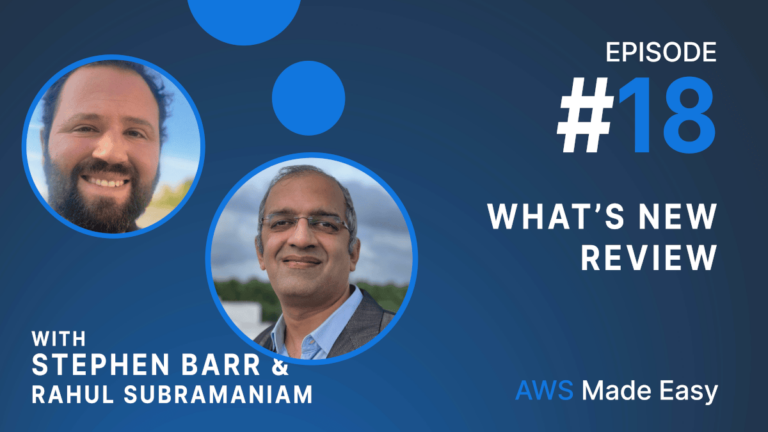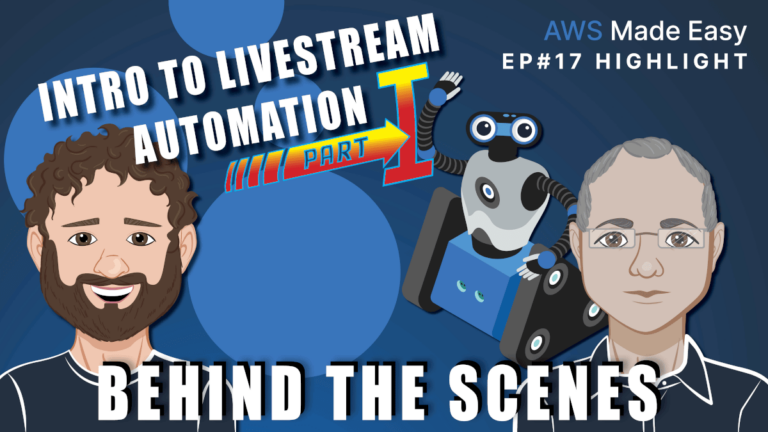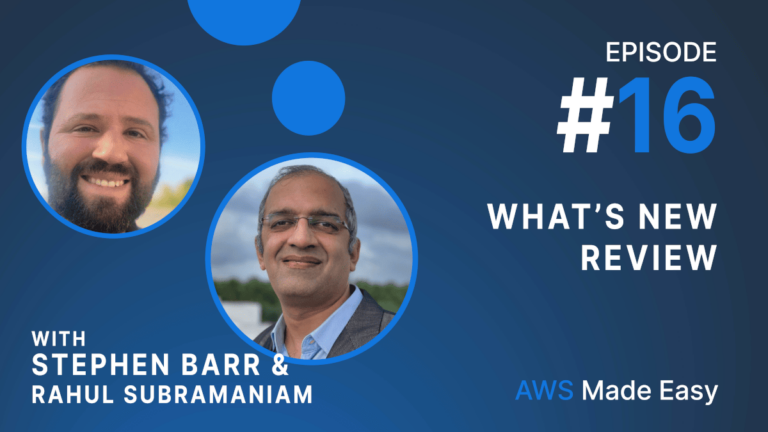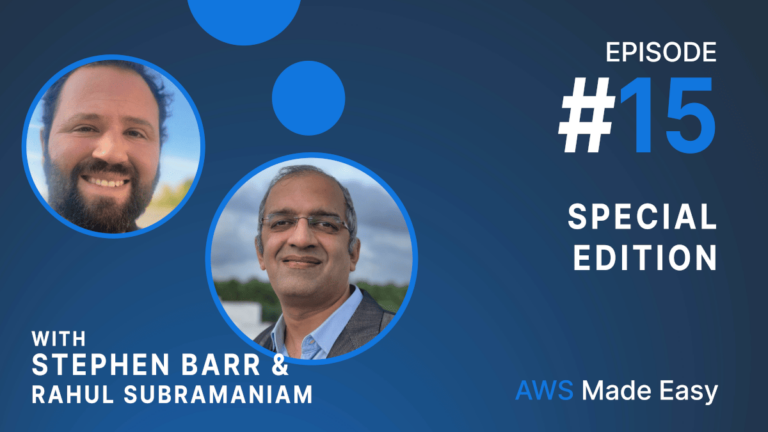Announcing support for cross-region search in Amazon OpenSearch Service
This announcement reflects the underlying work by the Aurora team in cross region replication. Since AWS uses Aurora to power OpenSearch / ElasticSearch, they benefit from innovations made by the Aurora team.
Easily customize your notifications while using Amazon Lookout for Metrics
When setting up alerting and metrics, it is important to have the alerts filtered so you know that when you do get an alert, it is relevant and important. Lookout for Metrics uses machine learning to help surface relevant alerts. It is important to prevent “alert fatigue”, a learned behavior where if alerts are deemed mostly unimportant, then the important alerts will be missed.
Announcing enhanced integration with Service Quotas for Amazon DynamoDB
Service Quotas are important for managing the “blast radius” when something goes wrong. Services such as DynamoDB and S3 can scale up to meet nearly any demand. With Service Quotas for DynamoDB, you can be alerted when your database usage exceeds pre-set limits. This can be useful for distinguishing between high levels of legitimate usage (e.g. an app experiencing a spike in usage), vs bad / malicious high levels of resource utilization.
Amazon Lex Automated Chatbot Designer is now generally available
“ Developers can iterate on the design, add chatbot prompts and responses, integrate business logic to fulfill user requests, and then build, test, and deploy the chatbot in Amazon Lex.”
AWS Connect
Rahul and Stephen discussed two different announcements regarding AWS Connect, which allows users to create a virtual contact center / help desk with just a few clicks. Connect empowers businesses to optimize the customer service experience while enjoying AWS reliability and scalability, and without having to build custom applications.




